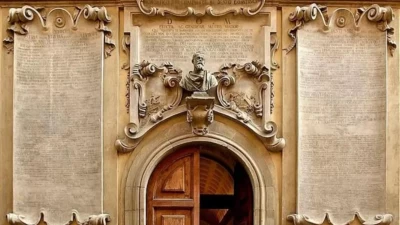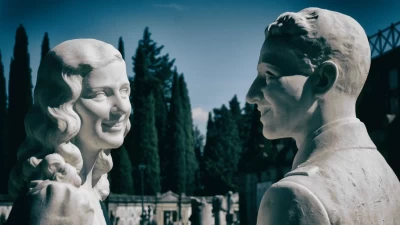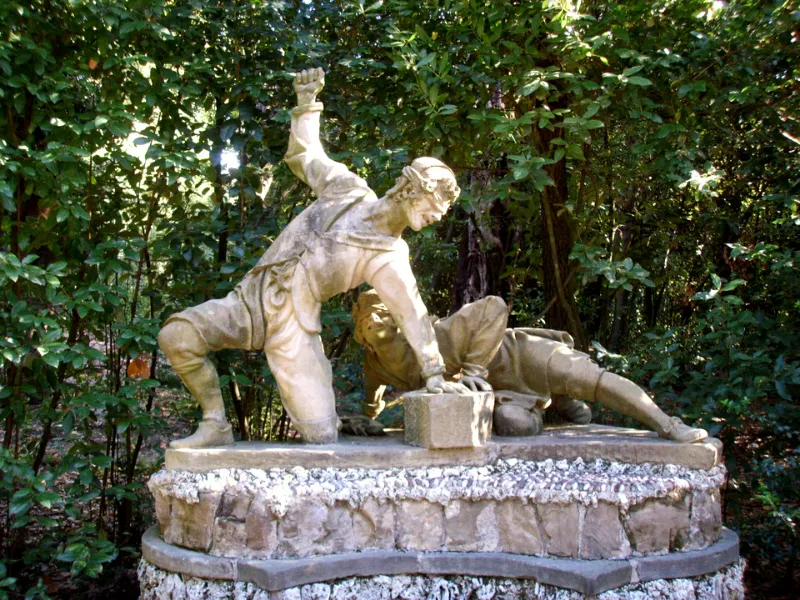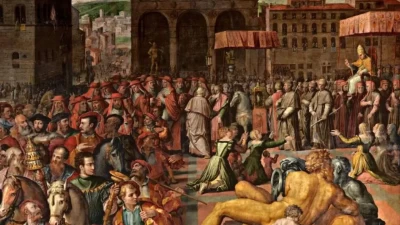The marquis Cosimo Ridolfi
The marquis Cosimo Ridolfi: the man who made the history of agronomy
Cosimo Ridolfi (1794-1865) was an agronomist, a philantrophist and a politician. From 1842 to 1865 he was elected President of the Accademia dei Georgofili. The Academy still today promotes the development of agronomy and economy through agricultural innovations. It was founded in 1753 under the grand duchy of Pietro Leopoldo. On the occasion of the Florence National Exposition in 1861, Cosimo proposed a new plough able to turn upside down the earth deeply through the use of stronger blades. In the same year, Italy became a united state so the Exposition was a precious opportunity to show the other countries its commercial and industrial power! In fact the king Vittorio Emanuele II opened the kermesse held in the Stazione Leopolda near Porta a Prato which gathered more than 136.000 visitors!
The marquis Cosimo Ridolfi, who was born and lived in the Palazzo Ridolfi in Via Maggio in Florence, entrusted F. Cecchi and G. Antonelli to manufacture two big metereological instruments, a thermometer and a barometer to be positioned in the Loggia dei Lanzi in Piazza Signoria for a public use. Cosimo was even elected Minister of Education and Senator after the unification of Italy. They functioned until 1930: now the remains of the original marble quadrants are situated between the ground floor and the first floor of the Museum of History and Science in Florence.
The marquis Cosimo Ridolfi, who was born and lived in the Palazzo Ridolfi in Via Maggio in Florence, entrusted F. Cecchi and G. Antonelli to manufacture two big metereological instruments, a thermometer and a barometer to be positioned in the Loggia dei Lanzi in Piazza Signoria for a public use. Cosimo was even elected Minister of Education and Senator after the unification of Italy. They functioned until 1930: now the remains of the original marble quadrants are situated between the ground floor and the first floor of the Museum of History and Science in Florence.

On the left the statue dedicated to Cosimo Ridolfi (XIX century) was sculpted by R. Romanelli and it is situated in Piazza S Spirito.
On the right the Accademia dei Georgofili, situated next to the Uffizi Gallery
Altri articoli

Vincenzo Viviani and his Master Galileo Galilei
On the facade of a florentine palace called "Palazzo dei Cartelloni" ("cartellone" in Italian means "poster") situated near the central station.

Mary and Mario
The Porte Sante Cemetery, a final rest for many, symbolizes love, loss, and the eternal beauty of Florence through its storied inhabitants.

Unusual statues decorate Boboli Garden
Statues with the symbols of the Medici are everywhere

Two particolar details
Giorgio Vasari and Giovanni Stradano painted the "Arrival of the Pope In Florence" between 1555-1562.

